Have you ever wondered why there are restricted modes of transportation in Africa? Or even why it is easier to travel by air from most African countries to Europe even though there are limited or non-existent interregional linkages in Africa? Also, why does traveling from one African country to another often entail transiting through a European city? This article will provide explanations for the state of Africa’s transportation.
For far too long, the continent of Africa has been synonymous with wild animals, magic, and tribalism — often linked to poverty and underdevelopment. With about 54 countries altogether, Africa is a vast and culturally diverse continent that deserves more attention than it’s given. Its transportation should be of particular interest. Given that African innovations have led to transportation being done “informally, you might not be familiar with the context and background of transportation issues.
There are not enough roads, airports, railways
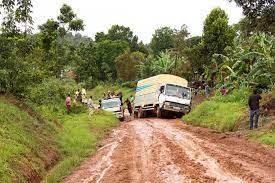
Poor transport Infrastructure Africa due to infrastructure deficit (Photo from Africa Sustainability Matters)
Transport infrastructure, mobility and accessibility issues
- The first issue accounting for Africa’s transport system underdevelopment is that there are generally not enough roads, airports, and railways. For instance, the continent of Africa has only 2% of the world’s total railway coverage and 3% of its roadways. According to World Bank (WB) reports, more than 200 million Africans live in places with no all-weather roads. Additionally, because of their poor maintenance status and improper funding, most of Africa’s road networks usually only last for about 20 years after construction. There are not enough roads, airports, railways
Africa has the lowest per capita infrastructure stock of any region, with some countries having less than 20 kilometers (12 miles) of paved roads per 1000 square kilometers (386 square miles). The continent also has a low road density; only three African countries have a road surface greater than 200 kilometers per 1000 square kilometers. Ethiopia and Tanzania are among that group. The continent also has the lowest railway density and air transport density in the world. Compared to a country like Poland, it is estimated that Africa as a continent has fewer roadways.
- The second issue is that transport services in African countries are quite expensive compared to those in other parts of the world. This affects a considerable portion of persons who rely on public transportation and have low-income levels or no fixed incomes at all.
The landlocked nature of most African countries and their lack of access to decent roads or navigable rivers raises the cost of transportation. According to a study, international transportation expenses in African nations are nearly twice as high as those worldwide (United Nations Conference on Trade and Development, 2003). Transportation costs in Africa are often over 200 percent higher than in Southeast Asia, coupled with a limited and ineffective railway system in Africa.
- With only 19% of the population residing in coastal areas, Africa’s population is more evenly dispersed over the continent than other regions like Asia, where the majority of the population is concentrated in coastal areas with easy access to both domestic and foreign markets. This geographical factor influences transport infrastructure development, mobility, and accessibility in Africa.
- African countries have underdeveloped transport systems due to limitations encountered during long travel times. For instance, a single trip between South Sudan and Uganda can take days instead of hours due to limited or lacking infrastructure facilities or resources along critical routes. Finally, although they provide an essential service to many people across these nations, most informal transport operators do not always adhere to industry standards or regulations (e.g., safety procedures).
Africa’s informal transport system
- In the absence of an efficient transport system, an informal transport system has developed. This describes a system that is mostly unregulated and unsafe to the people. Informal transport systems are not safe because it uses old buses or tricycles that could break down along the journey and put passengers in danger. Informal transport systems are also not efficient because they do not adhere to time schedules, making them unreliable for those people who have time-sensitive engagements
Danfo Buses, a form of informal transport in Lagos-Nigeria (Photo from Washington Post)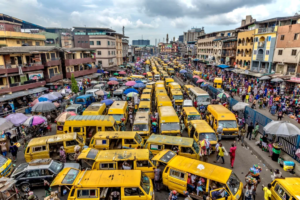
HISTORICAL CAUSES
Except for Ethiopia, practically every African country experienced colonialism. Since colonization had economic goals, it had diverse consequences on transportation. Many researchers have identified and discussed some of the issues in colonial transportation systems and the effects on Africa’s contemporary transport infrastructure and globalization. Before the Europeans explored Africa in the 1400s, Africans had innovative roads, footpaths, and waterways to facilitate transportation. The colonial authorities added roads, rails, and air transport to extract and transport resources to their countries. They emphasized railway development while paying little or no attention to road construction or air transport development because they focused on exploiting and not developing the colonial territories.
Road-Building Effort (km of Rd. per sq. km of Land) in Colonial Africa 1935, 1950, & 1963 (Chart from Ambe Njoh)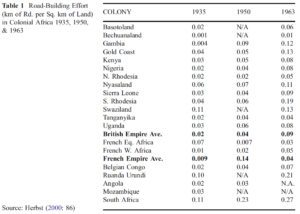
Modern-day Causes
Anyone would ask why there is still less development of transport routes in Africa after independence. It is simple – Africa’s postcolonial authorities have not given transportation the attention it deserves. National governments have done little or have been unable to improve the transport stock they inherited from colonial authorities. There has been neglect of railways, few road and railway extensions postcolonial era, and interest in pursuing transport options that are not necessarily needed, e.g., construction of airports in the absence of roads. Today roads are the dominant transport mode in Africa.
The table below illustrates an intriguing relationship between the current road stock in these countries and the road inventory when they gained independence in the 1960s. Countries that were in a bad state during colonial rule are in worse conditions post-independence. Internal transportation systems in Africa are fraught with numerous problems.
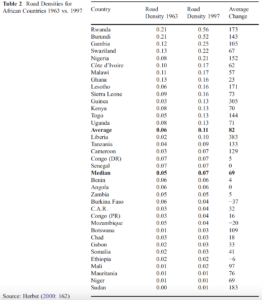
Road Densities for African Countries 1963 vs. 1997 (Chart from Ambe Njoh)
Some of the factors accounting for this include:
- Relatively poor economic and political performance,
- Geographical difficulties, and
- Administrative failure of local leaders to meaningfully/logically use scarce resources to prioritize transportation projects that meet the socio-economic needs of their people.
THE FUTURE
African transport infrastructure needs investment
Most of the world has experienced something close to a revolution in transportation. We’re talking about cars, trains, and planes, which have allowed us to travel around at will; to do so more quickly and cheaply than ever before, and to do it more easily than ever before. This technological advancement has affected almost every aspect of life on the planet today: from what we buy (e.g., taxis and shopping), to how we get it (e.g., shipping containers), and even how we view our environment (e.g., airlines).
Considering that there are now over three billion people participating in this global revolution, it’s safe to say that Africa hasn’t quite been able to be completely integrated into this new way of doing things yet—and it’s not for lack of trying on the continent’s part either. There are several factors behind why Why Africa’s transport system is underdeveloped and Why Africa hasn’t been able to reap the benefits provided by modern technology fully:
- Africa is physically far away from developed countries
- There is also a lack of infrastructure necessary for development
- The cost of materials is high

Motorcycle as a form of transportation in Ugandan village (Photo from Melissa Askew/Unsplash)
Despite these, African cities have implemented varying means to improve the state transportation. In recent times, African cities have been pursuing Bus Rapid Transit (BRT) systems to improve mobility. There are also future plans for the TransAfrica Highway, a transcontinental highway project connecting African countries. Since walking remains a predominant transportation mode, governments are pushing for this as a non-motorized transport.
Infrastructure, especially transport infrastructure, is important for economic development in Africa because it serves as the backbone of economic activity. In the absence of good infrastructure, it is difficult for firms to create economies of scale and transport goods from one point to another.
Considering the critical role transport plays in development, particularly since the transport sector overlaps with almost all sectors of a country’s economy, Africa’s modern transport system will benefit from a broadened scope and the integration of transport networks throughout the continent.
Read Also: Should African Cities Promote Cycling And Walking?
Question for Thought
What experiences do you know of or have you heard about African transport development? Do share some of the variables and peculiarities affecting transport development in any African country you are aware of!!
Featured Image Source: ISNAD-Africa
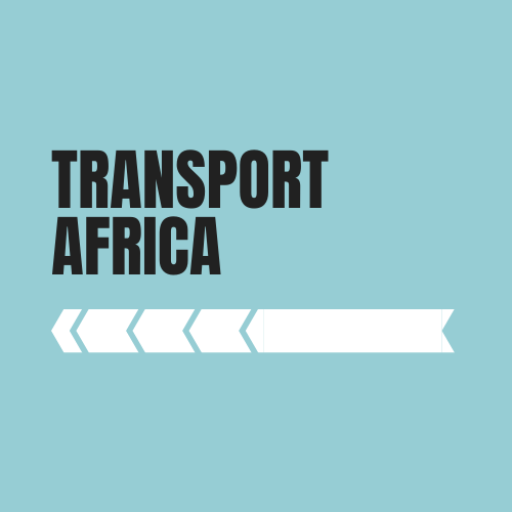

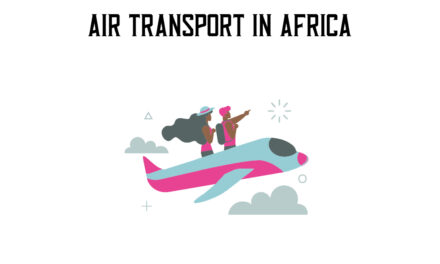
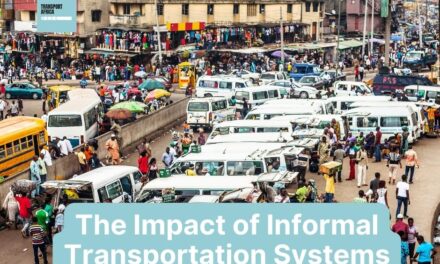
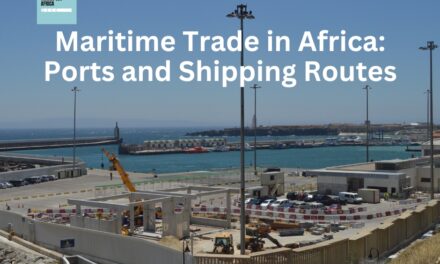
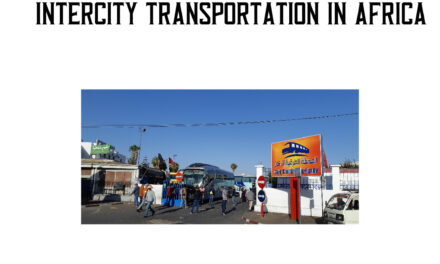
Thanks for another fantastic article. Where else may anyone get that type of information in such a perfect manner of…